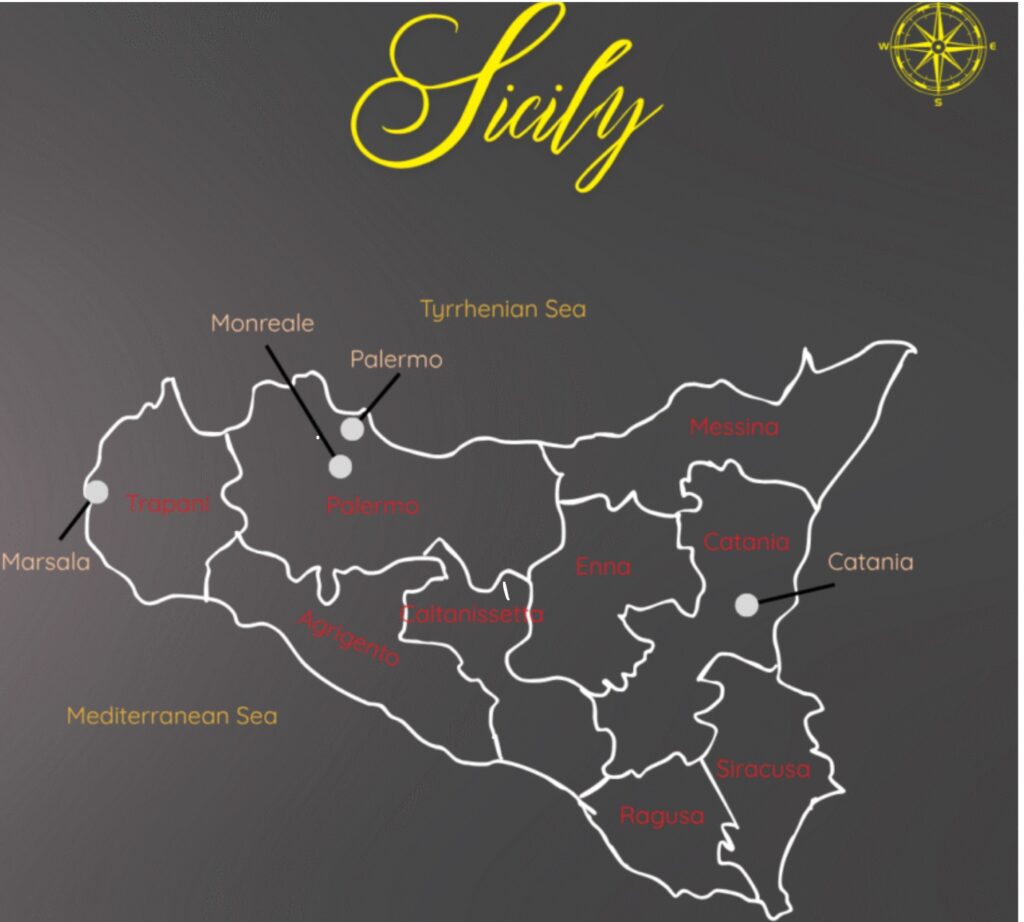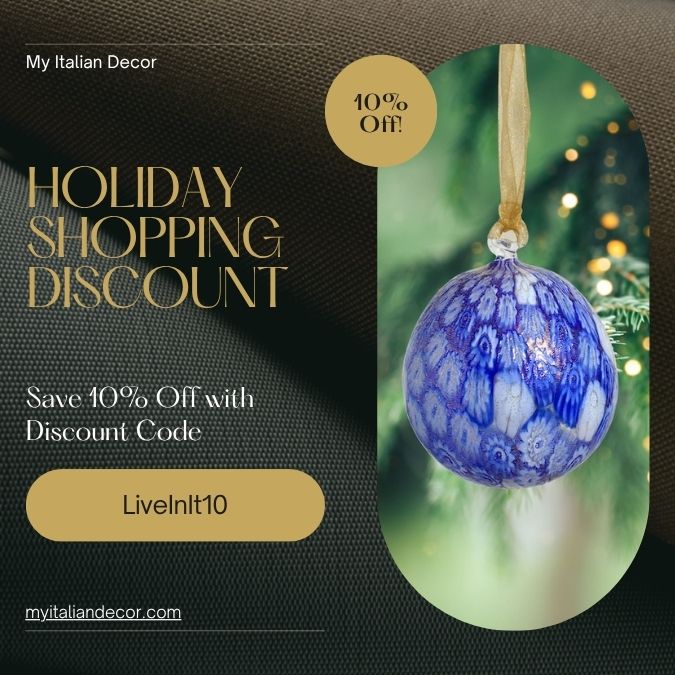Sicily, the island of the sun and the jewel of the Mediterranean has the inherent ability to get under your skin in the best possible way. As you meander through the country, you are hypnotized by the herbs carried across the ocean breeze. You are mesmerized by the sight of ancient vines clinging to the sunbaked hillsides and you inevitably fall in love. For me, it was love at first sight. As the plane landed in Palermo, I was stricken by awe of the juxtapose mountains and Tyrrhenian Sea and I knew it was going to be a special week.
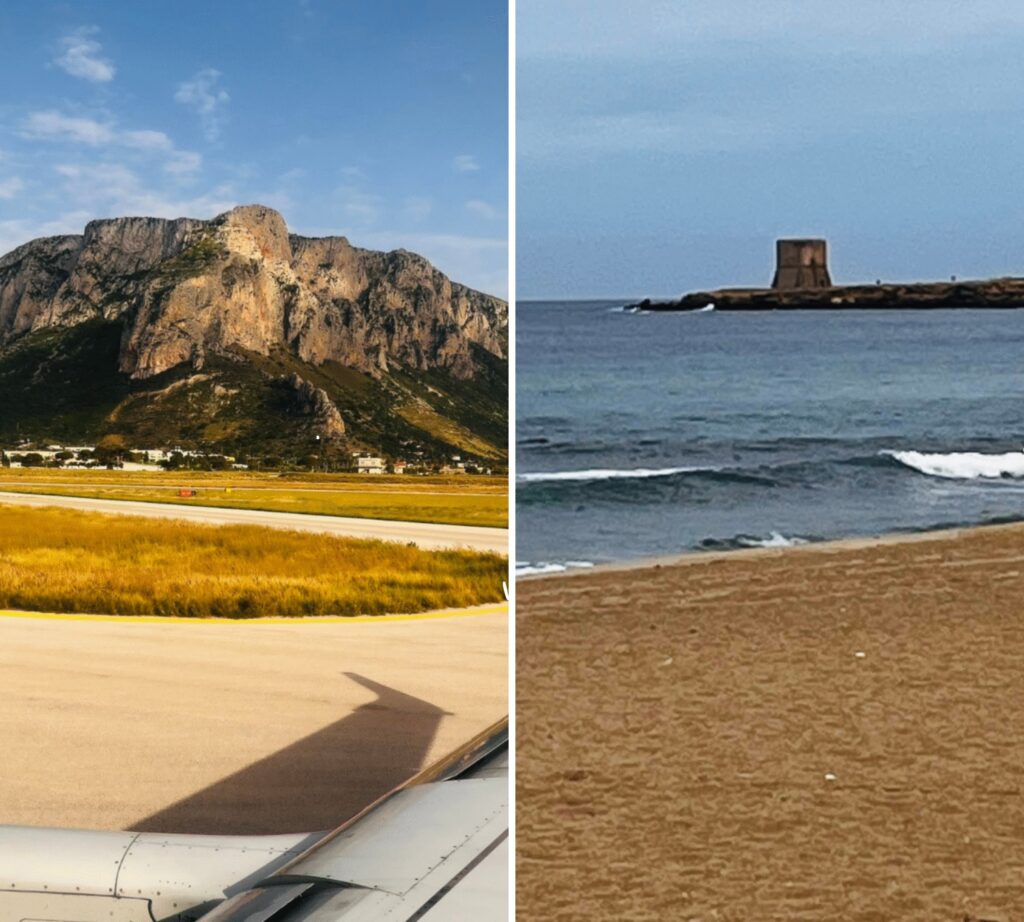
A Mixture of Old and New
The island is a mixture of old and new. A simple walk through Palermo or Marsala showcases a blend of ancient Roman temples, crumbling Norman cathedrals and Arab domes. Turn the corner and you are greeted with sleek, modern tasting rooms pouring exceptional wine. You find a place where pasta is still made by hand in small kitchens and Michelin star restaurants. It’s part of Sicily’s captivation; deep history intertwined with modern day energy.
My heart was stolen on this media trip to the jewel of an island, which happens to be the largest in the Mediterranean. I was enchanted by it all; the volcanic soils, the winemaking traditions but more importantly by the people. The fierce love of their land and their history was revealed at every visit. It was through this unyielding devotion that I was introduced to the near forgotten grape Perricone.
A Native Grape Nearly Lost
Perricone is one of Sicily’s native grapes and was a major player in Marsala Rubino DOC. It was used to provide a deep color and give an earthy backbone to blends. However, like so many other grapes’ histories, it fell on tough times in the late 19th century when phylloxera wiped out countless vineyards forcing growers to replant new vines. When analyzing the times and the cost, many opted to replant heartier, higher yielding varieties.
Perricone’s modest yields and fragility didn’t make it a variety that screamed to be replanted. It requires significant vineyard management, which wasn’t something every grower was willing to invest; in terms of money and time. Additionally, the decline in market demand for fortified wines practically sealed its fate since its major role was in the production of these wine styles. Slowly, over time, more and more vines were ripped out and replaced for more “popular” varieties and Perricone teetered on the brink of extinction.
Why Winemakers Chose to Revive It
Thankfully, Perricone’s story doesn’t end there. Thanks to a handful of passionate producers, its legacy endured rooted in old vineyards. Today, it’s experiencing a remarkable resurgence, celebrated not as a blending grape but as a single-varietal wine that captures the raw, soulful spirit of Sicily.
After hitting a historic low of just 264 hectares in 2012, vineyard plantings have more than doubled, reaching 584 hectares by 2021. (Istituto Regionale del Vino e dell’Olio) This growth reflects a renewed commitment among local producers to rescue native grapes that truly speak of place. It’s not just about numbers—it’s about rediscovering a grape whose raw elegance and deep roots mirror Sicily itself: resilient, complex, and undeniably distinctive.
For the wineries of western Sicily, Perricone isn’t just another grape—it’s a living connection to their history and land. Alessandro di Camporeale shared:
“Our winery has always been committed to the valorisation of our territory and native grape varieties, and Perricone is the most antique black grape variety of western Sicily.”
The thought of losing this ancient variety was something that modern winemakers could not accept. They felt that this variety had more of a story to tell.
A Unique Identity
What drew these winemakers back to Perricone wasn’t nostalgia alone, but the grape’s “unique identity” and its ability to craft wines that are “distinctive, expressive, and deeply connected to the terroir.” Caruso & Minini explained that producing a single-varietal Perricone was driven by a desire to “rediscover and promote the indigenous varieties of western Sicily, offering a wine that authentically represents the territory.”
For Carlo Pellegrino, the revival felt like coming full circle. As mentioned earlier, historically, Perricone played a key role in Marsala Rubino, Sicily’s red fortified wine, but over time its potential as a standalone varietal became impossible to ignore.
“For us, working with Perricone means reconnecting with the essence of our land.” Through their Capoarso bottling, they’re bringing forward a grape that is “complex, authentic, and deeply expressive of our terroir.”
Part of this renaissance is also driven by today’s wine lovers, who are, as Pellegrino described, “curious, informed, and eager to explore wines with a strong sense of place.” Perricone, with its raw elegance and history, fits perfectly into this growing desire for authenticity and storytelling in the glass.
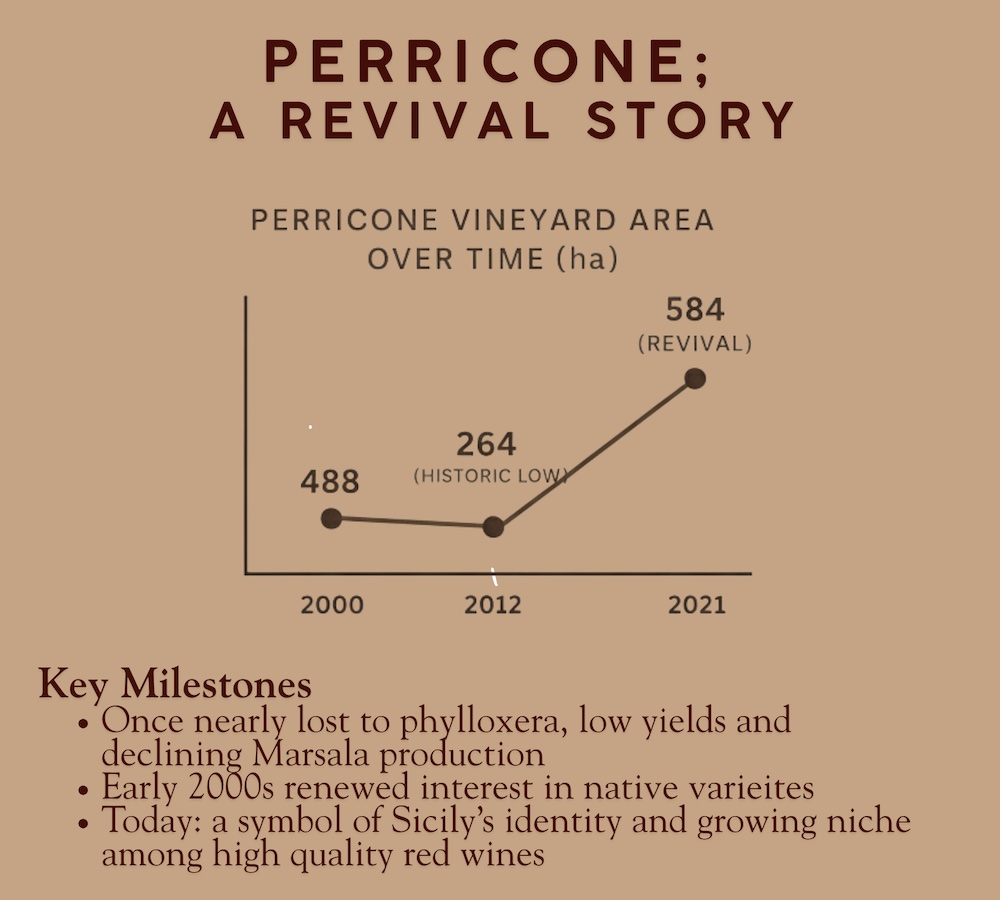
What Makes Perricone Unique
Perricone isn’t just a grape; it’s a true expression of Sicily itself. It expresses itself as a bold, layered, and deeply rooted in history. As Carlo Pellegrino beautifully put it, “Perricone is as Sicilian as it gets—resilient, intense, full of contrasts.” Shaped by the island’s relentless sun, coastal winds, and often-scarce resources, it embodies the raw, elemental character of Sicily’s western landscapes.
In the glass, Perricone offers “a mix of dark fruit, earthy aromas, and balsamic Mediterranean shrub notes,” flavors that Caruso & Minini say “recall the complexity of the Sicilian countryside.” Each sip feels like a walk through sunbaked hills dotted with wild herbs and ancient olive trees—untamed, honest, and unmistakably local.
Beyond flavor, what makes Perricone truly unique is its role as a cultural bridge. As Carlo Pellegrino described, it has “deep roots in western Sicily, especially in Marsala and Trapani, giving it a symbolic value: it’s a living connection to a centuries-old tradition, once used for fortified Marsala wines and now reborn in a modern, terroir-driven interpretation.” Its rediscovery reflects more than changing tastes—it’s part of a broader commitment to honor and preserve Sicily’s native varieties.Or, as Caruso & Minini summed it up: “Perricone embodies Sicilian identity through its history, organoleptic properties, and ability to express the island’s terroir.” It’s a grape that doesn’t just tell a story—it tells Sicily’s story: rich, proud, and always evolving.
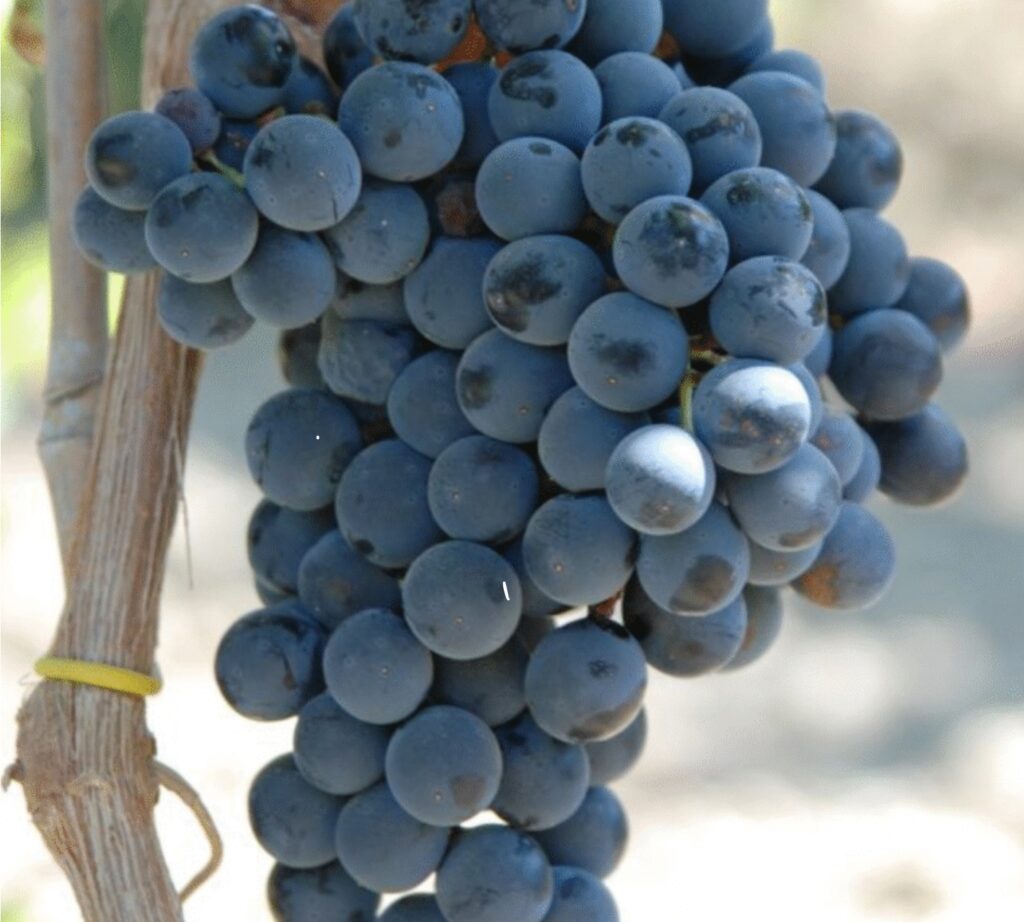
Challenges of Growing Perricone
One of the most fascinating things about Perricone, is how its character shifts depending on where it’s grown. Even across western Sicily, wineries see unique advantages and challenges shaped by altitude, soil, and climate.
At Alessandro di Camporeale, the Perricone vineyard sits high in the hills of the Monreale DOC, between Camporeale and San Cipirello, at around 500 meters above sea level. The combination of sunny days and cool nights allows the grapes to ripen slowly, capturing that elusive balance of varietal purity and elegance.
Further west, Caruso & Minini tends Perricone vines on a hilly terrain between Marsala and Salemi. These vines are at elevations from 300 to 450 meters. Here, thick grape skins offer natural drought resistance, an important quality for a land that is doused in sun. Additionally the strong coastal winds and dramatic diurnal shift add freshness and complexity. The soils, covered in large round stones, also play a quiet but critical role in shaping the final wine.
Over in the province of Trapani, Pellegrino embraces Perricone’s stubborn side on land described as “dry, arid, and sun-scorched.” It’s a tough environment that allows the grape to reach its fullest expression. Clay-rich soils again with large diurnal shifts add structure and depth.
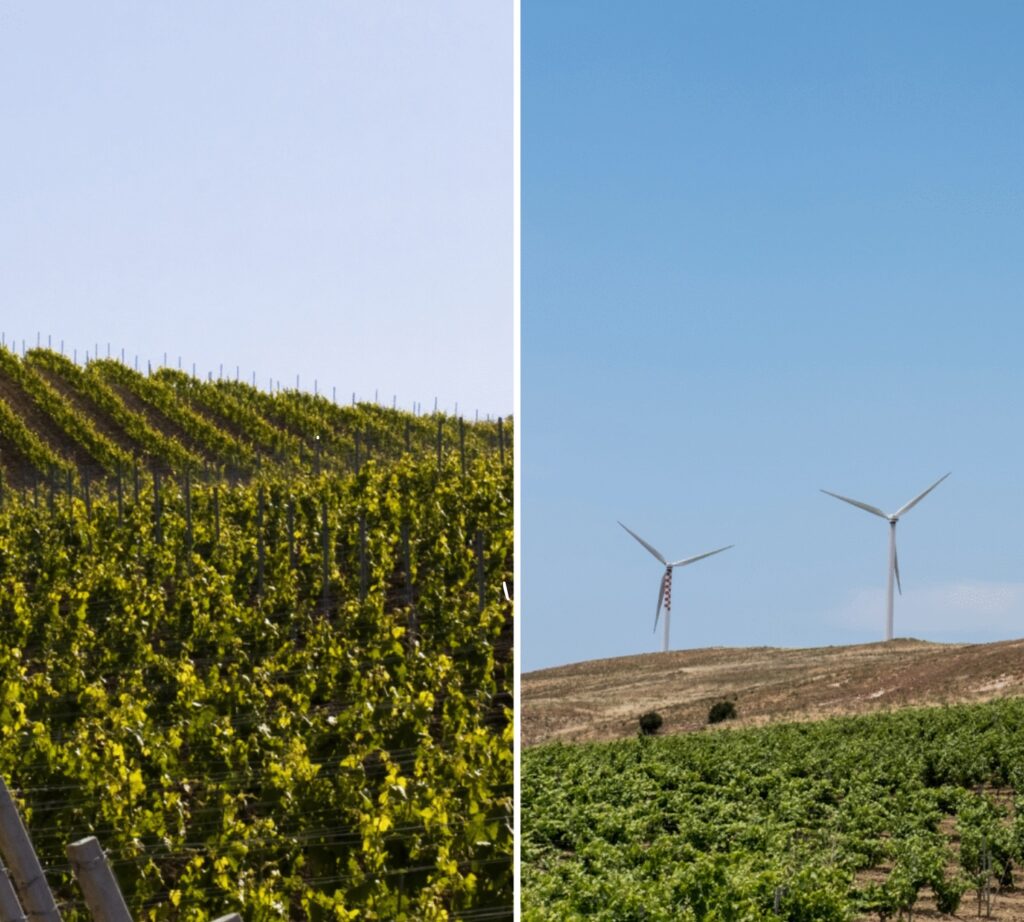
Perricone’s Future on the Island
They may be different wineries from different regions within Sicily, but they have a similar story about Perricone’s future: it is not just a grape—it’s a symbol of Sicily’s evolving story. As Alessandro di Camporeale put it, “For us it’s not just a grape but a symbol of identity.” With wine lovers increasingly drawn to authentic, native varieties that speak of place, Perricone stands ready to offer something genuinely distinctive.
For Caruso & Minini, it’s all about preservation and progression. They see it as “a key element in diversifying and enriching Sicily’s wine offering, helping to strengthen the island’s enological identity and meet the growing demand for high-quality native wines.” For them, and the other wineries focused on Perricone, it’s about staying true to what makes Sicily special while inviting more people to experience it.
Pellegrino takes this vision even further, claiming that Perricone could be a potential flagship for western Sicily’s modern identity. “For us, Perricone is a cornerstone in our mission to celebrate the ‘Best of the West.’” As global drinkers become more curious and open-minded, Perricone could “emerge as one of Sicily’s signature reds,” telling a story that’s at once ancient and currently fresh.
No matter how it’s stated, these wineries believe that Perricone’s renaissance isn’t just about reviving an old variety. Their opinion is that it can shape Sicily’s future in the glass. A perfect blend of history, passion, and character that they are excited to share with the world.
Slàinte!
